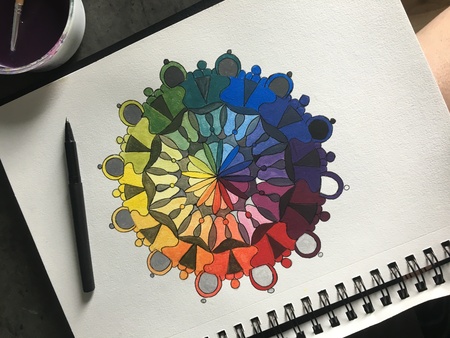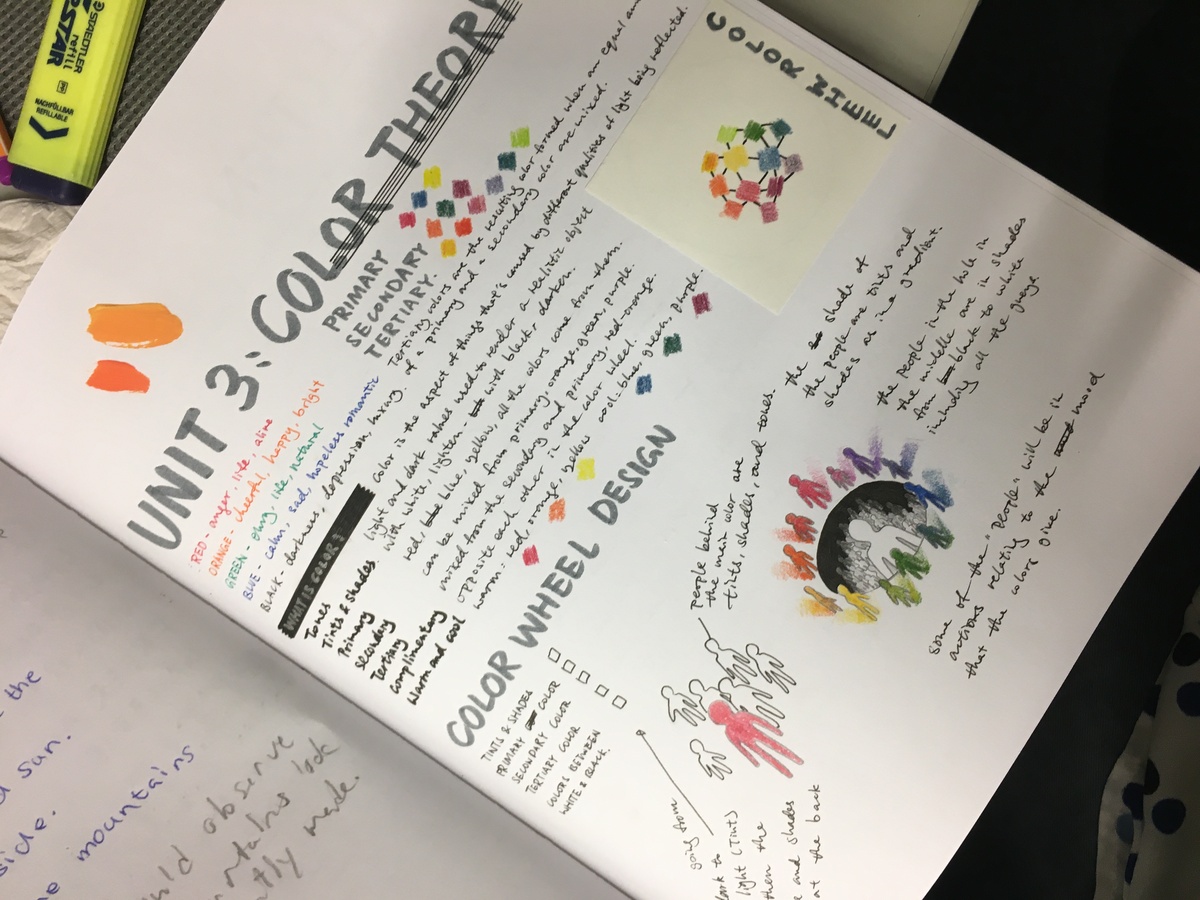Color Theory Basics
Color theory is an essential part of painting that guides artists on how to use colors to make their work look good. It's all about learning what colors are and how they work together.

Here are some key ideas that beginners should get familiar with:
- Primary Colors: Red, blue, and yellow. They are the foundation of all other colors. These cannot be made by mixing other colors.
- Secondary Colors: Mixing two primary colors yields a secondary color. For example, red and yellow make orange; yellow and blue make green; blue and red make purple.
- Tertiary Colors: These are created by mixing a primary color with a secondary color next to it on the color wheel. For instance, mixing blue (primary) with green (secondary) results in blue-green (tertiary).
- Color Wheel: The color wheel is a visual representation of colors arranged in a circle. It helps artists visualize how colors relate to each other and form harmonies.
- Complementary Colors: These are colors that are opposite each other on the color wheel, such as blue and orange. They create strong contrasts and can make each other appear brighter when placed together.
- Analogous Colors: These are colors that are next to each other on the color wheel. They usually match well and create serene and comfortable designs, like red, red-orange, and orange.
- Warm and Cool Colors: Colors are also categorized as warm (reds, oranges, yellows) or cool (blues, greens, purples). This distinction can affect the mood and spatial perception of a painting.
- Saturation: This refers to the intensity of a color. A highly saturated color is vivid and rich, while a less saturated color appears more muted and gray.
- Value: This is the lightness or darkness of a color. Adding white to a color creates a tint; adding black creates a shade. Adjusting the value of a color can help create depth and emphasis.


